Optimal Timing for Foundation Repairs
Foundation repairs are most effectively performed during specific times of the year when weather conditions support optimal work conditions. Proper timing can help ensure the longevity and stability of the repair work, reducing potential complications caused by environmental factors.
In general, the best time for foundation repairs is during the late spring to early fall months. During this period, soil moisture levels are typically balanced, minimizing the risks associated with excessive moisture or drought conditions. Repair work during these months can also benefit from favorable temperatures, which aid in curing and setting processes.
Spring offers moderate weather and manageable soil conditions, making it an ideal time for foundation work.
While summer provides long daylight hours, high temperatures and dry soil can pose challenges for certain repair techniques.
Fall typically features cooler temperatures and stable soil moisture, facilitating effective foundation repairs.
Winter may introduce freezing temperatures and frozen ground, which can delay or complicate foundation repair projects.

Springtime repairs benefit from moderate weather and optimal soil conditions.

Summer repairs require attention to high temperatures and soil dryness.

Fall provides cooler temperatures and stable soil for repairs.
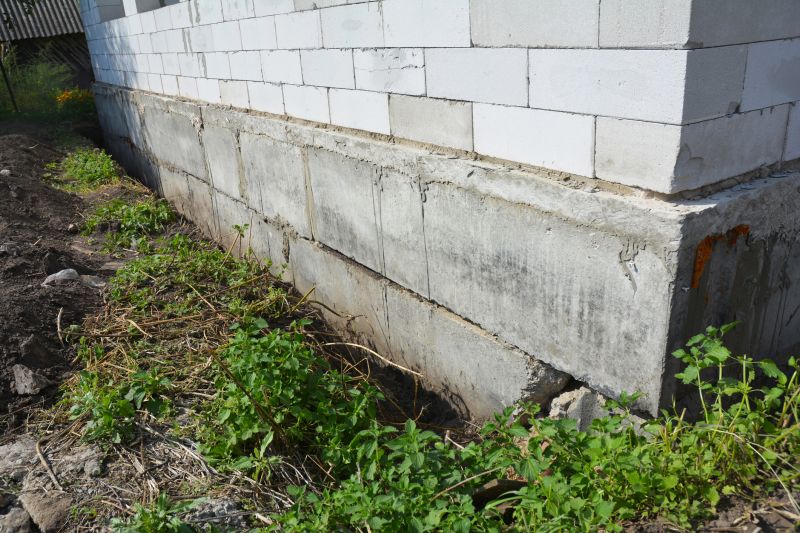
Winter conditions can delay repairs due to freezing ground.
| Season | Optimal Conditions |
|---|---|
| Spring | Moderate temperatures, balanced soil moisture |
| Summer | Long daylight hours, potential dryness |
| Fall | Cooler temperatures, stable soil moisture |
| Winter | Freezing temperatures, frozen ground |
Foundation repairs involve stabilizing and reinforcing the structural base of a building. These repairs are critical in preventing further damage, such as cracks, shifting, or sinking. Proper timing ensures that repair methods are effective and durable, minimizing future issues and maintenance costs.
Statistics indicate that foundation problems are among the most common structural issues in residential buildings, with a significant percentage developing due to soil movement, moisture fluctuations, or poor initial construction. Addressing these issues promptly and during appropriate weather conditions can extend the lifespan of the foundation and maintain property stability.
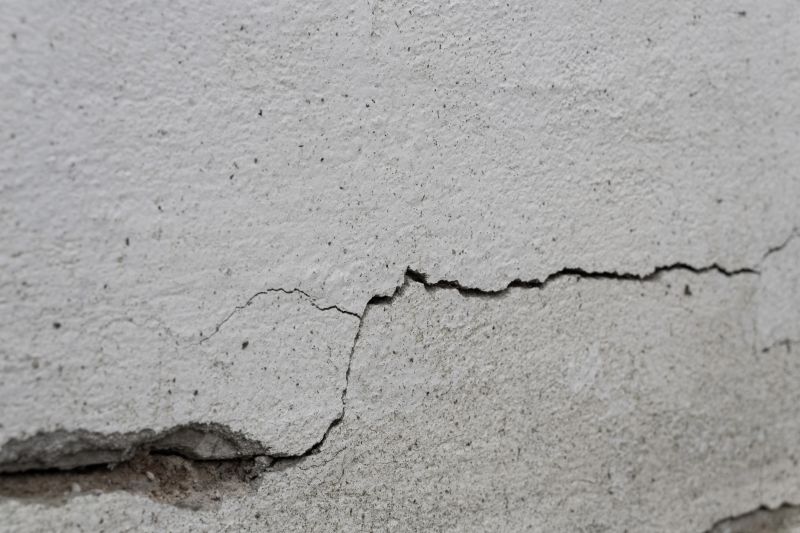
Visible cracks may indicate shifting and require timely repairs.
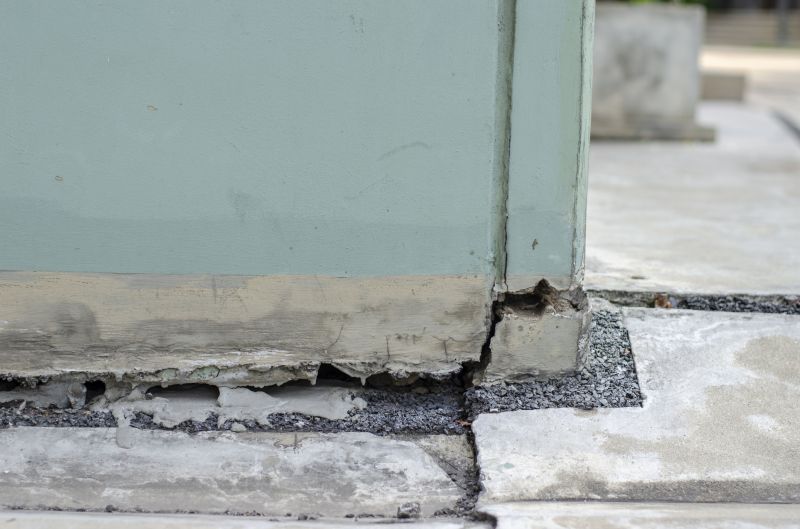
Uneven flooring can be a sign of foundation settling.

Piering stabilizes and lifts sinking foundations.
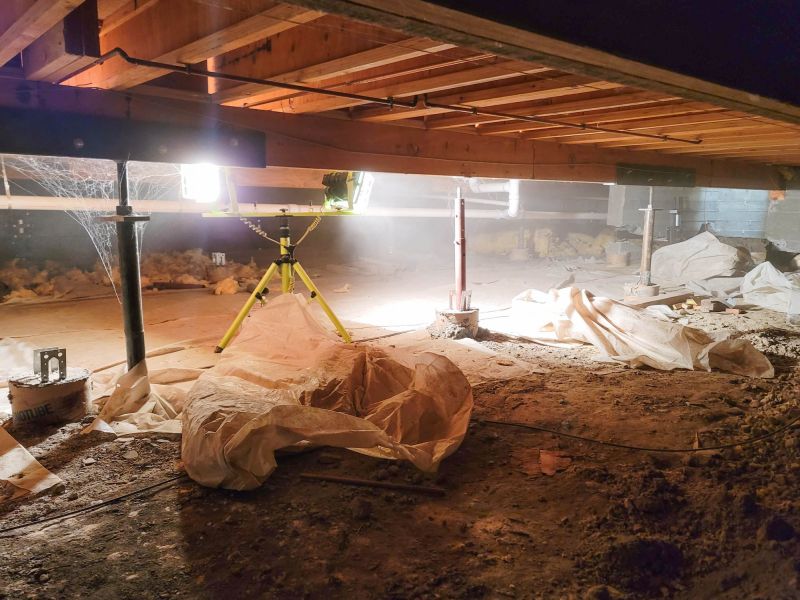
Ways to make Foundation Repairs work in tight or awkward layouts.
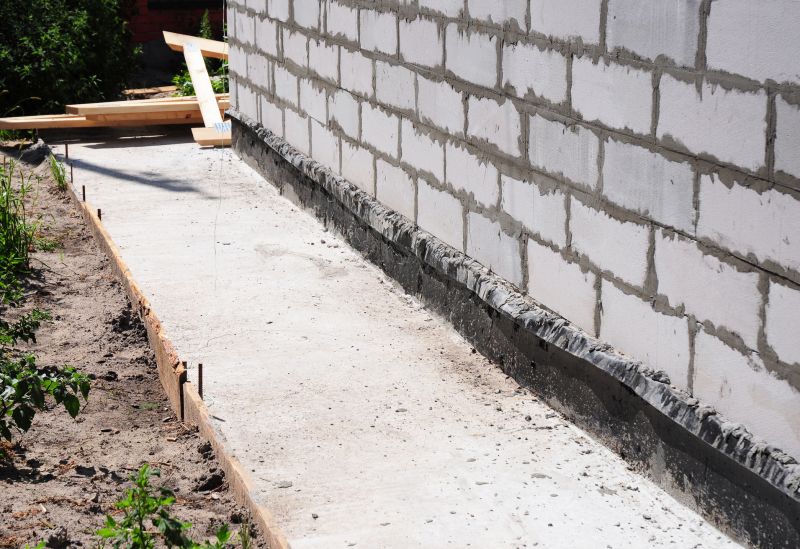
Popular materials for Foundation Repairs and why they hold up over time.

Simple add-ons that improve Foundation Repairs without blowing the budget.

High-end options that actually feel worth it for Foundation Repairs.
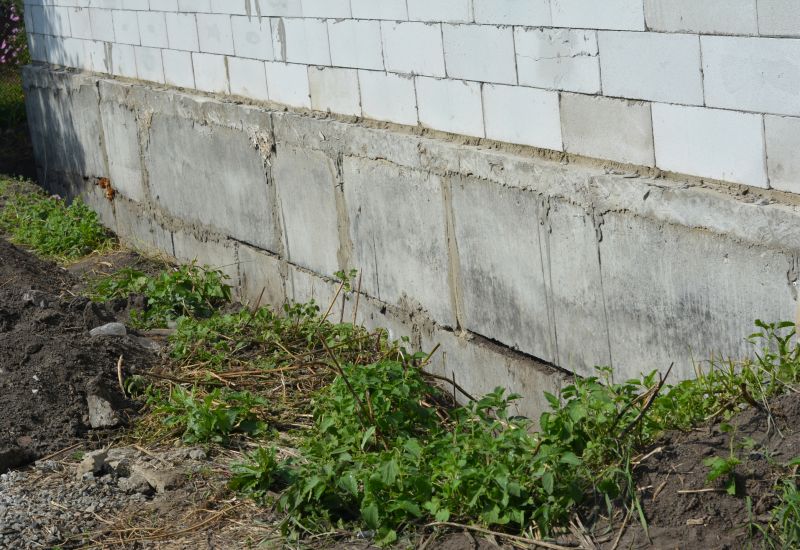
Finishes and colors that play nicely with Foundation Repairs.
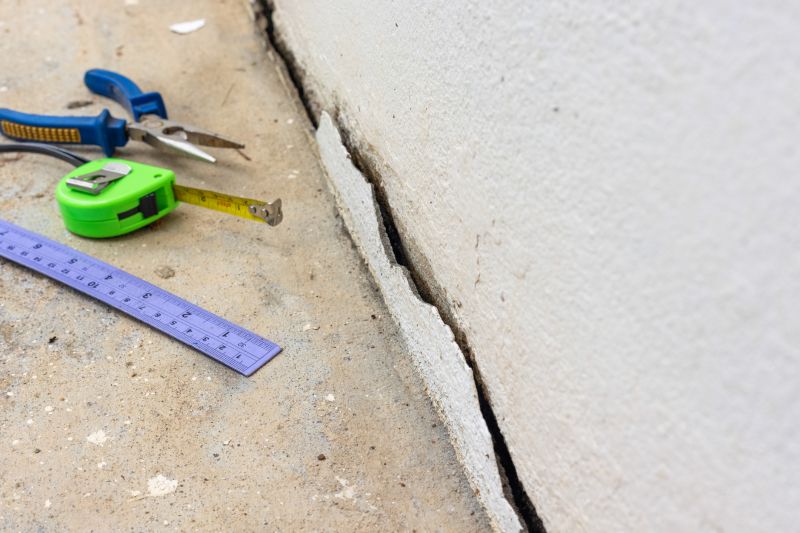
Little measurements that prevent headaches on Foundation Repairs day.
Interested property owners in foundation repairs are encouraged to contact for further information or to schedule an assessment. Proper timing and professional evaluation can help maintain structural integrity and prevent costly future repairs.

